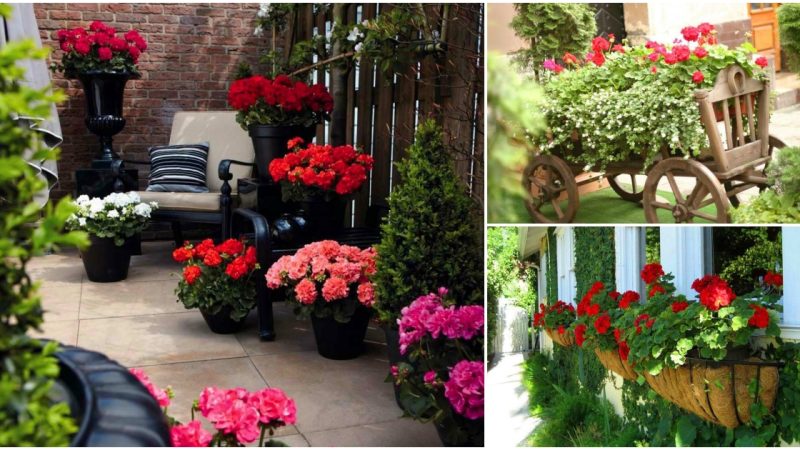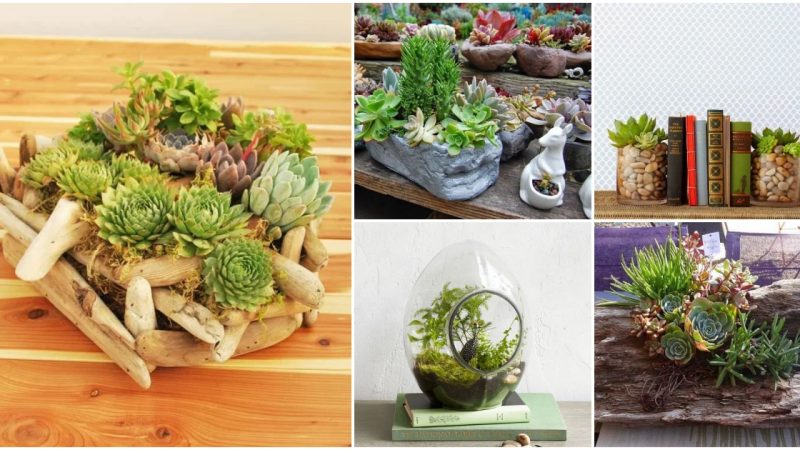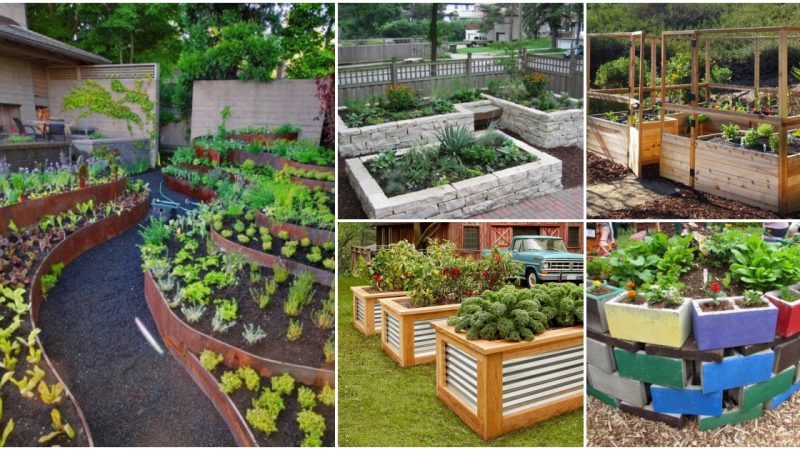Tips for Growing Roses: Enhance Your Garden with Beautiful Blooms
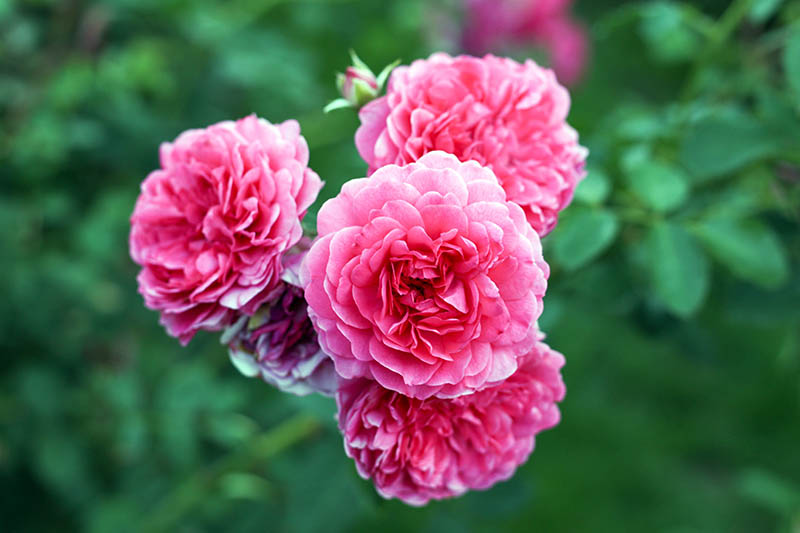
Roses are often regarded as the epitome of beauty and elegance, and it’s no wonder why they are a favorite among gardeners worldwide. With their enchanting fragrance and stunning blooms, roses have the power to transform any garden into a picturesque paradise. If you’ve always dreamed of growing roses and enhancing your garden with these beautiful flowers, we’ve got you covered with some essential tips to ensure your rose-growing journey is a success.
1. Choose the Right Location: Roses thrive in sunny spots, so select a location in your garden that receives at least 6 to 8 hours of direct sunlight each day. Adequate sunlight is essential for the plants to produce abundant and vibrant blooms.
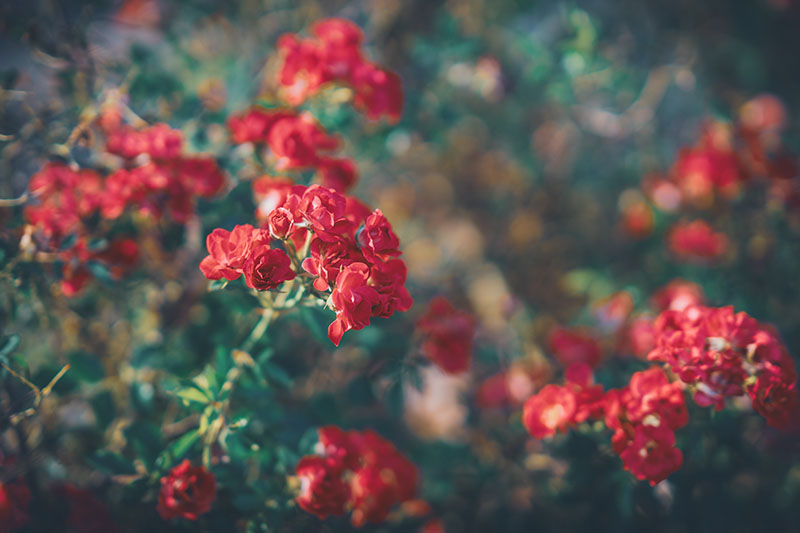
2. Proper Soil Preparation: Roses prefer well-draining soil with a slightly acidic to neutral pH level. Before planting, amend the soil with organic matter, such as compost, to improve its texture and nutrient content.
3. Selecting the Right Varieties: There is a vast array of rose varieties to choose from, including hybrid teas, floribundas, grandifloras, and climbers. Research the different types and choose varieties that suit your climate, space, and personal preferences.
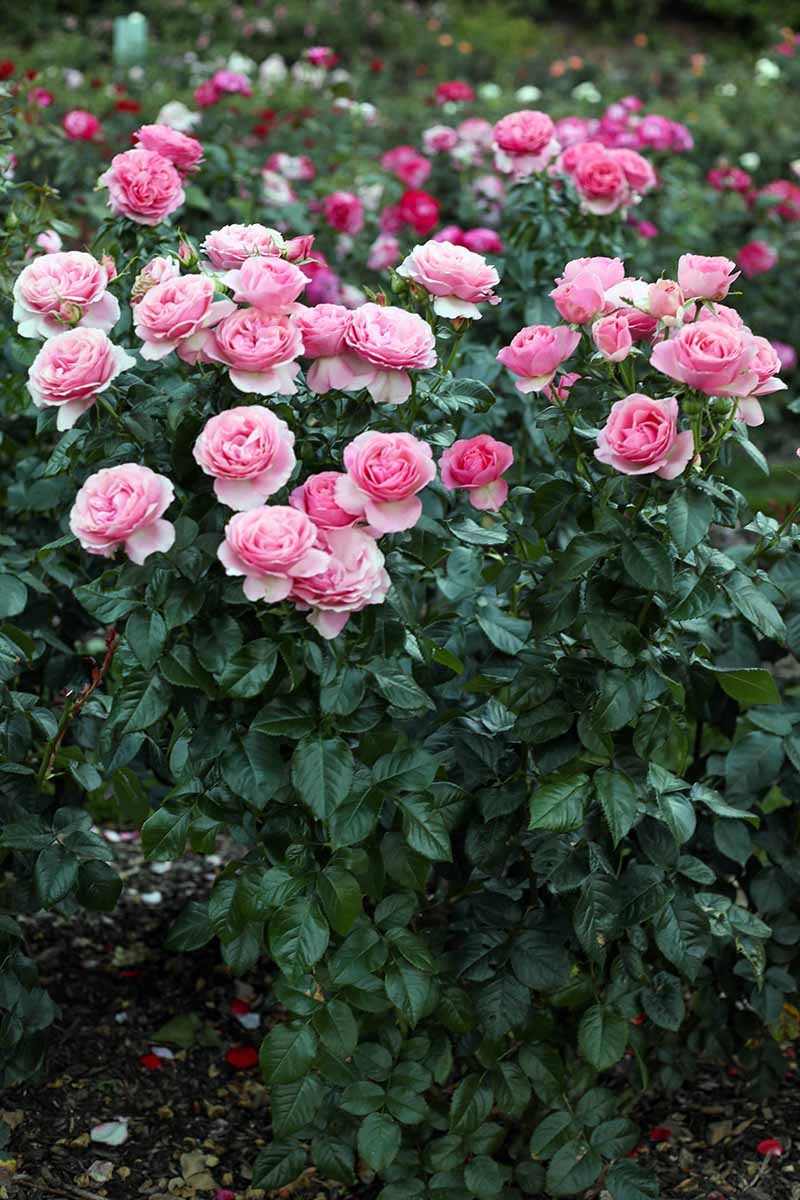
4. Planting Roses: Plant roses during the dormant season, which is typically in late winter or early spring, depending on your region. Make sure to dig a hole large enough to accommodate the root system and position the plant at the same depth it was in the nursery container.
5. Watering: Roses require consistent and deep watering, especially during the growing season. Water at the base of the plant to avoid wetting the foliage, as this can lead to fungal diseases. Mulch around the base of the plants to retain soil moisture and suppress weeds.
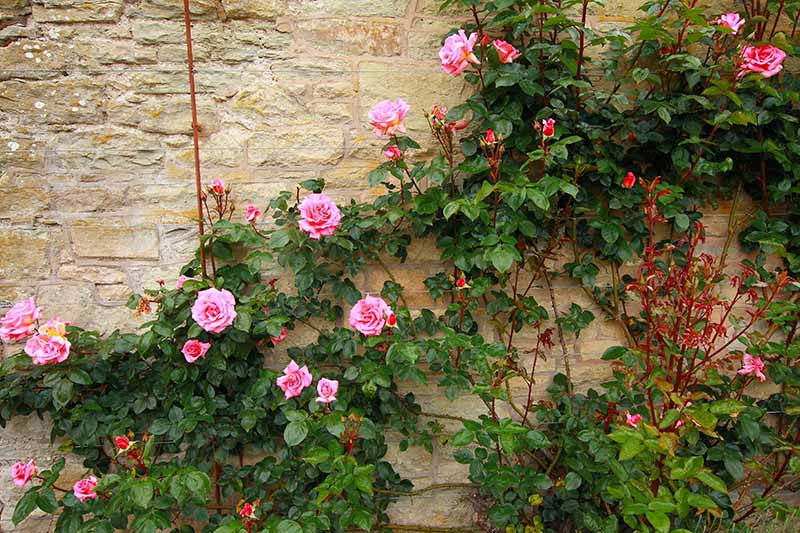
6. Fertilizing: Regular fertilization is essential for healthy rose growth and abundant blooms. Use a balanced fertilizer formulated for roses, and follow the manufacturer’s instructions for application rates and frequency.
7. Pruning: Pruning is a vital aspect of rose care, as it encourages new growth and improves the overall health of the plants. Prune in late winter or early spring to remove dead or diseased wood and shape the plants for a tidy appearance.
8. Pest and Disease Control: Keep a close eye on your roses for any signs of pests or diseases. Aphids, thrips, and black spot are common issues with roses. Employ natural or chemical methods for pest control, and promptly remove any infected leaves to prevent the spread of diseases.
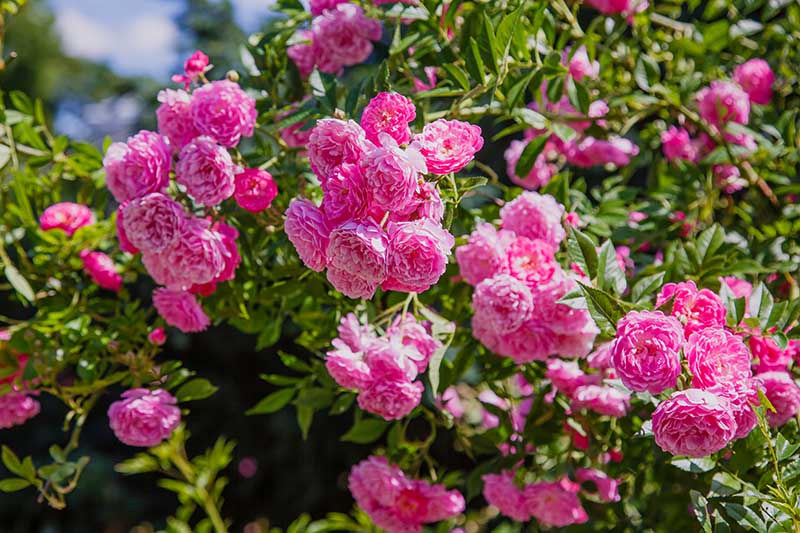
9. Deadheading: Regularly deadhead spent blooms to encourage the production of new flowers. Removing faded flowers also keeps the plants looking tidy and prevents them from setting seeds.
10. Winter Protection: In colder climates, protect your roses during the winter months by providing them with a layer of mulch and covering them with burlap or other protective materials.
By following these tips for growing roses, you can enhance your garden with an abundance of beautiful blooms. The sight and fragrance of these magnificent flowers will not only bring joy to your heart but also attract pollinators, such as bees and butterflies, making your garden a haven for wildlife. So, roll up your sleeves, embrace the beauty of roses, and embark on a delightful journey of rose gardening. Your efforts will be rewarded with a breathtaking garden that bursts with the timeless beauty of these beloved flowers.
